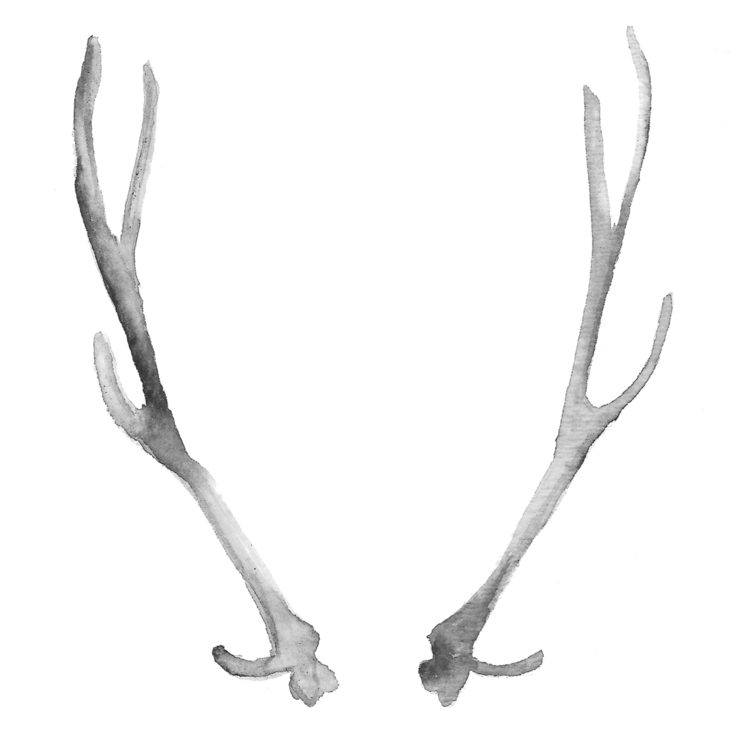In my lifetime, I have been blessed with abundant travel. My family and travel are the two biggest influences in shaping who I am today. If you have any opportunity to explore that which lies beyond... seize it with all you have... and if you let it, it will change you in the most extraordinary ways.
A while back I was asked to write some articles aimed at amateur photographers, outlining some basic tips to help improve one's travel photography. With access to higher end technology at a reasonable price, more and more people are opting for digital SLR's instead of a typical 'point and shoot'. As well, with the ability to manipulate the settings and instantly view the image, the system is not nearly as intimidating. However, after the initial excitement and experimentation has worn off, a common trend is to keep it on the automatic setting. The problem with this is that once you stop experimenting and learning about the many factors that influence the final image, you surrender the chance for improvement and creativity. It's important to take advantage of the features your camera has to offer and make those average photos amazing! With a few helpful tips, you can take your photography to a new level and return from your next trip with incredible photos!
LIGHT
This is one of the most important factors that will determine whether a photo will be spectacular, average, or just terrible. Very rarely is the light “right”, however, there are always ways to make the best of a bad lighting situation. Harsh, bright sunlight can create dark shadows and bleached scenes; in this light it is best to use a fill flash when photographing people to minimize shadow (or better yet, move them into the shade), and to choose subjects such as open landscapes where you are shooting away from the light source. Cloudy days and diffused light result in deeper color and less shadow intensity, which is good for shooting in narrow streets and forests. In general, the best light is early morning and early evening when the sun’s rays are softer. Creating silhouettes, like that in the image below, finding interesting shadows, and backlighting are different ways to use the light to your advantage and create more diverse and appealing photos (this photo was taken in a volcano crater in Indonesia).

This photo was taken in Rome at the Vatican at sunrise. The rich, early morning light creates warmth and interesting shadows.

COMPOSITION
Your photography will become much more interesting and visually stimulating if you use the rule of thirds when framing your subjects. Imagine your viewfinder is divided into thirds both vertically and horizontally, dividing your image into 9 equal blocks. Position your subject at one of the intersection points instead of in the center of the viewfinder. In the photo below, I positioned the boat in the right third which creates more interest and energy (photo was taken in Venice, Italy).

In addition to the rule of thirds, framing your subject can make a dramatic difference in your photos. Use foreground objects such as architectural elements (doorways, arches, windows, etc) or anything found in the environment (this could range from a flower to a bicycle to a statue). In this image, I used the scrub vegetation to frame the volcano which also helps to give the viewer more information about the environment. It is important to note that the foreground object should compliment the subject of the photo, not overshadow it (this photo was taken at sunrise at Mt. Bromo, an active volcano in Indonesia).

Another example of having something in the foreground, in this case the palms of a palapa on the beach are hanging in the top of the frame, not only giving more information, but also creating a different feel.












































